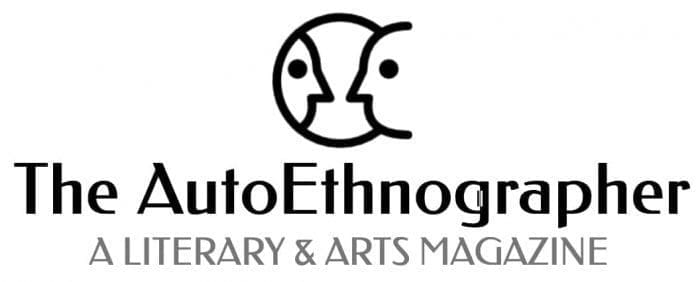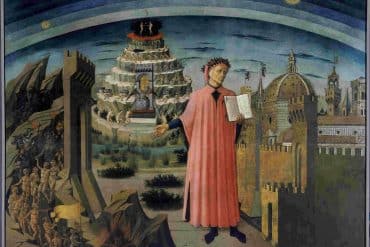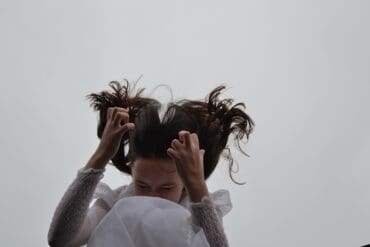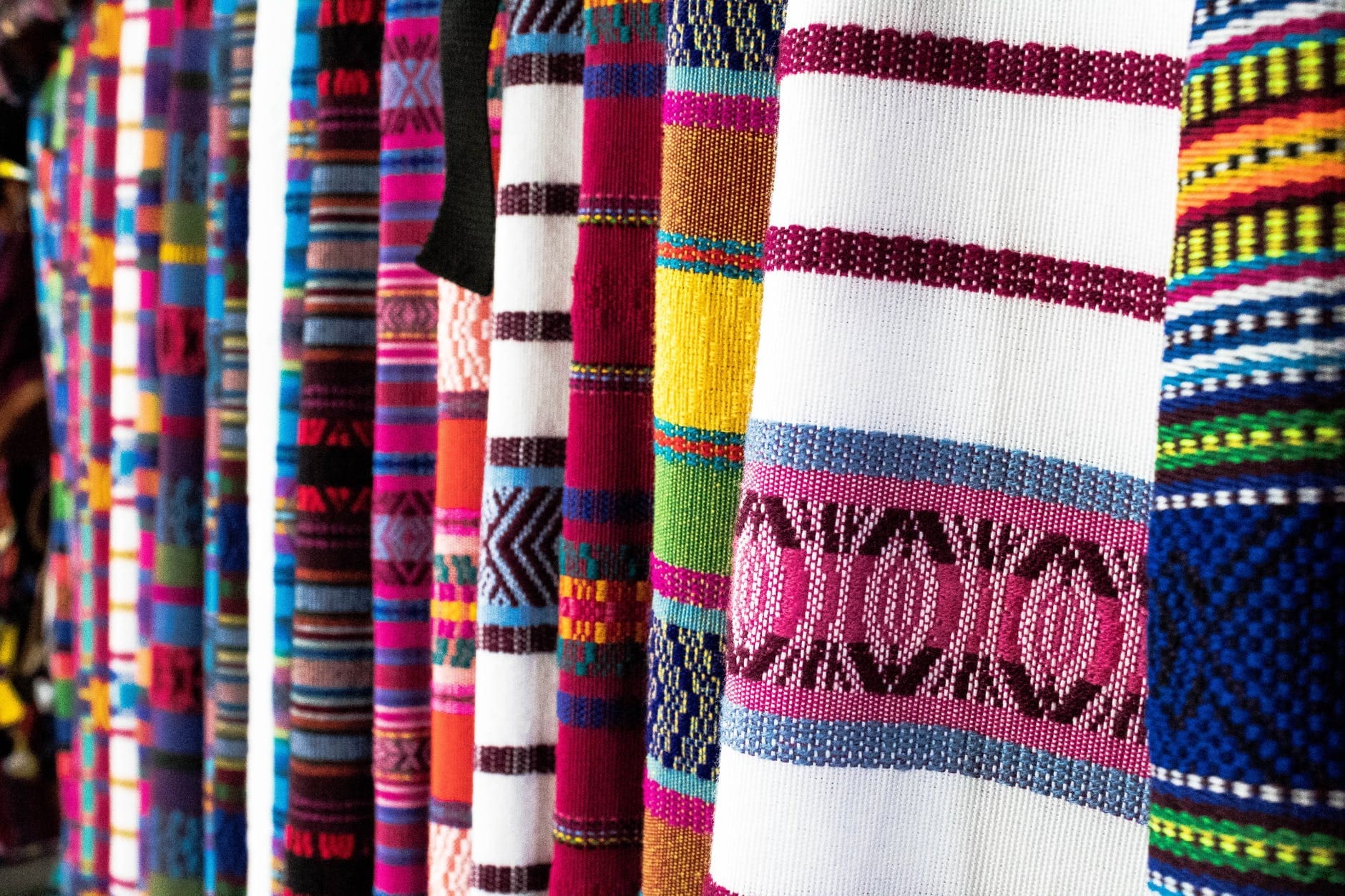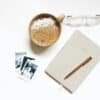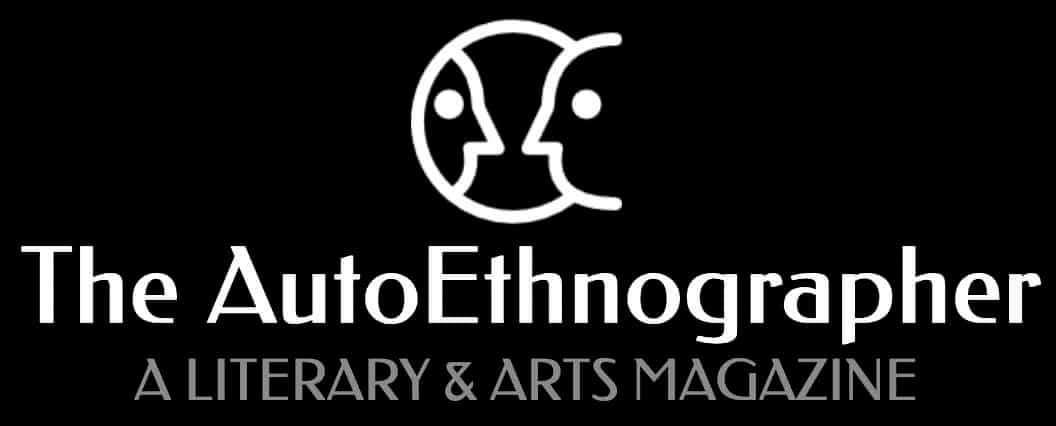AUTOETHNOGRAPHY AND CULTURE
The intersection of autoethnography and culture is a fascinating one. This column seeks to interview autoethnographers in order to explore the many ways in which their work is influenced by ethnic culture as a stance of self-knowledge, a form of transformation with the potential to be a site of change.
In this issue, The Marrow of Longing author Dr. Celeste Nazeli Snowber is interviewed by Dr. Michelle Reale. With great passion and dedication, Snowber explicates her creative research practice which is inextricable from her Armenian culture. Dr. Celeste Nazeli Snowber is a dancer, poet, writer and award-winning educator and Professor in the Faculty of Education at Simon Fraser University in British Columbia, Canada. Celeste’s publications includes books, collections of poetry, as well as chapters and articles in scholarly books and journals.
Embodied inquiry is not a formula, or methodology, but a way of being, being open to the body as a source of knowledge, wonder, difficulty, fragility and utter joy.
MICHELLE REALE: There are so many sides to your creativity, which absolutely amazes me. Describe them for us.
CELESTE NAZELI SNOWBER: I am a multi-disciplinary artist and in my case, one form of art informs the other. I am a dancer, poet, writer and performing artist and my poetry often comes out of my improvisational dance, which ends up on the page. This also gets incorporated back into dance pieces, which I speak, and dance at the same time. This interchange between writing, dance and the body is particular to my own practice, as I believe language comes from the body, and breath, muscles, ligaments, joints and the tissues release words, and ultimately inspiration.
I also do a lot of site-specific performance in the natural world, so poetry and dance are beautiful partners in connection to being and interpreting place through movement and language. Many of the pieces that I perform on stage end up in my writing, essays, and poetry as well. Here there is also more room for humour and I see humour deeply connected to humus and the earth, and what it means to be vulnerable on this planet. So all the material of life is material for creating. They shift forms, and in my artistic practice there is fluidity between writing and dancing, living and being.
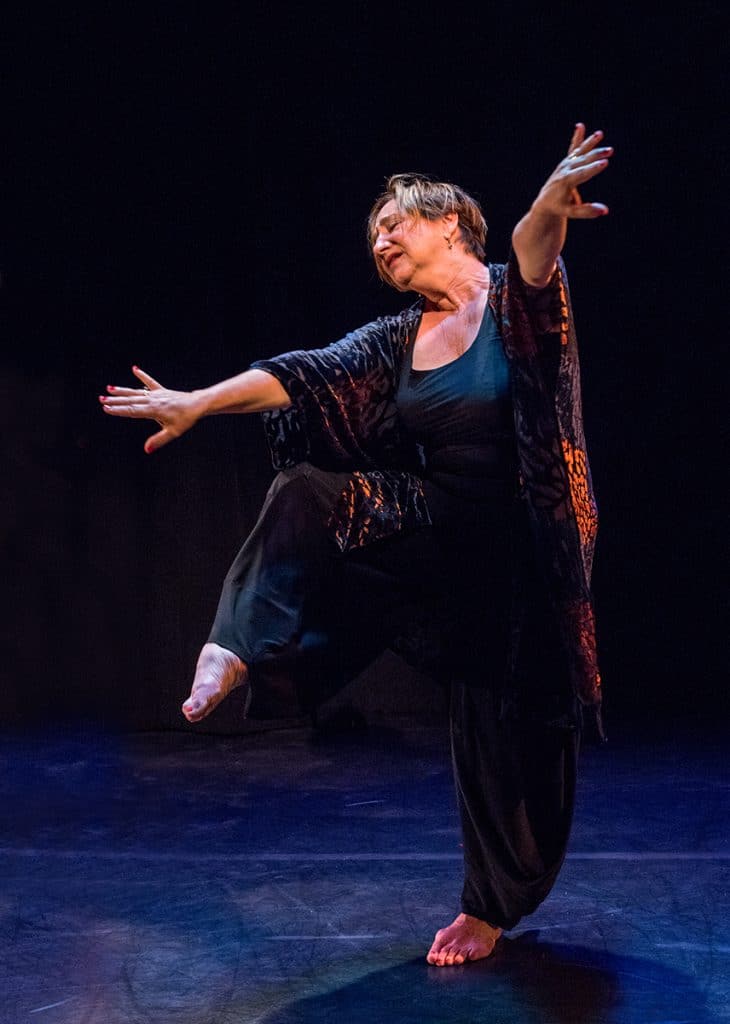
MR: What is “embodied inquiry” as you know and practice it?
CNS: Embodied inquiry is bringing our bodies to the table of life, research, listening, reflection, and all of who we are. I often say that we don’t have bodies, but are bodies. Many of us have been trained to be good human doings rather than human beings.
When I move, or when others are invited into improvisational movement or dance, one needs to be absolutely present. This being awake and present to the world gets one out of “monkey mind,” and to listen with all the senses. The senses are a huge storehouse to listen to all of life, both the inner rumblings and external data. I often speak of body data, body knowledge, body wisdom. Listening to the body is a huge part of embodied inquiry and is a fast track to unleashing creativity within us. I believe we are all walking around with genius; it is part of our birthright.
I have never been one to have a lot of extra time, being a single parent of three sons, now amazing adults and being far from family; my immediate family is a priority so I found by having somatic and movement practices, even walking daily or swimming have allowed me to go into a flow, and here inspiration arises. Words arise as seagulls float across the sky or the taste of an amazing meal simmers on the stove.
So, listening to the body is deeply connected to living, writing, and research. We research our lives, search our lives, and the personal and universal are inextricably connected. Embodied inquiry is not a formula, or methodology, but a way of being, being open to the body as a source of knowledge, wonder, difficulty, fragility and utter joy.
MR: Describe how your Armenian culture expresses itself in your daily life.
CNS: I have come to know that my Armenian culture is deeply woven into my complete being, even though I have not been immersed in the culture. My mother’s cooking, whether it was cooking with colour, or the foods of eggplant and parsley and pilaf, or the generosity of sharing food with love is part of who I am. Even when all my kids are gone I still cook as if there are five of us.
I also see that there is a deep longing within me – woven into the fabric of my cells. This longing is not something to get over, but part of the Armenian soul; longing for the land that was taken, longing for those lost, and I believe ultimately longing for the divine. When I finally understood that belonging is being in my longing, I came home to rest.
When I visited Armenia I felt it. The more I am immersed in Armenian music, dance, I feel this longing is palpable. It is sometimes a terrible beauty—a land of loss and treasure all at the same time. I am just finally learning my mother’s tongue of Armenian after all these years, studying with a wonderful teacher in Yerevan, the capital of Armenia. I don’t know the words, but the language is in my bones. This is a very profound experience for me.

MR: Tell us how your collection of poems, The Marrow of Longing, exemplifies the intersectionality of poetry, autoethnography and culture.
CNS: I am an artist and scholar, and have been deeply influenced by arts-based research methods. Here in this field I could develop embodied inquiry, but also integrate poetic inquiry, where poetry is really a way of excavating knowledge. So the body and the poetic become my muses, to make sense of the fragments of my own Armenian culture. There are only fragments, because of genocide; my mother left Armenia to Boston right before the big one in 1915 and so we do not have the tales of our ancestors.
There are fragments I find, either through research, or my mother’s archival letters, or things she said, but I say that, “fragments can hold a world.” And one fragment can birth a poem, or many or in fact a whole book. Many of the poems in my book, The Marrow of Longing, were danced first, and then became poems, and some now will be danced that are poems.
In moving these through the body, I activate the cellular memory inside my body. I really believe and of course the field of epigenetics is proving that trauma is held in the body. I often say that I went to therapy for 20 years, but my time might be better spent studying my roots. When I understand more deeply the impact of intergenerational trauma on my own life, I can make different choices, and have.
I also have such a wide deep compassion for my own mother, but also ancestors who I have never met. In some ways, my work is many things, deeply autoethnographic, poetry, dance, but also I believe there are many ways to theorize. We can theorize with the flesh; one poem can open us up to complexities that a 30-page essay cannot.
There is room for mystery and absences, and presence is always found in absence. Loss has taught me this. Love transforms but does not die. I had a tangible sense of ancestors being with me on the journey of writing this book, even though they would have died in the genocide. I can’t explain this, but I testify to this reality. This gives me great hope that love goes beyond borders. And always this work crosses borders and transgresses conventional ways of articulating knowledge. The poetic holds the invisible and visible layers and invites one into what is possible.
MR: Some of your poems tell of a horrific time in Armenian history—one of terror and erasure–and so I imagine they may have been emotionally exhausting to write. Tell us about your process. How long did it take you to write this collection?
CNS: I think anytime you write a book, you are writing it way before it is put on the page. I would say this is a work that has been brewing for decades. Many of the poems were published before in journals, or danced in one-woman shows in some form. But putting it all together in one collection happened over a year, a year I was privileged to be on study leave and also during the first year of the pandemic. So, I had a disciplined time to ruminate in the writing, crafting, rewriting.
And yes, there is terror and trauma in the history of my culture. But I think the real terror, is when we do not face the impact of how it has affected our lives. Then it is in the driver’s seat. It takes years, to bring healing and writing this book was a form of healing for me, an invitation to a little more wholeness—a place to have voice. But within the writing of this book, I spent years researching and of course it is hard to read the accounts of genocide, starvation, rape, multiple losses. But I also have been researching the utter beauty of my culture—the songs and poems, the monasteries and food, the land and terrain, and of course the passion.
I really don’t know how to be a researcher without being creative. They go hand in hand and what I love about being a creative researcher is that to me it is all art, and all scholarship. Good scholarship and good art all require paying attention, to live in attention, to dwell in a kind of mindfulness, and bodyfulness. So all of my life is part of my research and art.
I often tell my three sons, they are more Armenian than they understand, and of course there is a poem about this in the book, as well as poems about all I am speaking now. My poems came out of research, and letters I found my mother wrote my father in World War II, my own longings and aches, yearnings and joys. Attending to every piece of sensation arising within me, but also celebrating the ways I was raised by an immigrant mother, where there was a kind of resilience, drive and passion to pursue beauty in the midst of suffering.
My parents left early in my life, I was thirty-years-old and both died in eight months time. But they both gave me enough love for a lifetime. It was a lively household, an Armenian mother and Irish father, where pathos was a food group. I would say it is emotional to write this work, but it is more emotionally exhausting not to write. Articulation finds a home between the spaces of a poem and one can make sense of the senseless. And always through the senses, I find beginnings of a new poem. And in the writing, one has the opposite of erasure. And here is the thread to wholeness.
MR: What does it mean for you to be able to be a creative researcher?
CNS: I really don’t know how to be a researcher without being creative. They go hand in hand and what I love about being a creative researcher is that to me it is all art, and all scholarship. Good scholarship and good art all require paying attention, to live in attention, to dwell in a kind of mindfulness, and bodyfulness. So all of my life is part of my research and art.
I had an early morning swim today in the lake, and at one point I swam out to a large rock and just ruminated. My ruminations became thoughts I could catch, but then spin later on into writing. My strokes of swimming become a prayer to be present, to let flow back in, instead of being so consumed with the hundreds of details I need to attend to; all in the form of emails. But here in my swim, I am open to the poetic through the senses. And ideas spring to life.
So to be a creative researcher involves a steady practice, connected to physicality, but this is also spiritual and mental. A creative researcher believes in art as a place of inquiry, discovery and ultimately transformation. It is the material for alchemy. It doesn’t mean there is not incredible time putting into the details, or APA, or logistics, but it is open to integration – to see the interconnectivity of things, and that research is a living thing, just as the poetry excavates fragments of knowledge and the body has an intelligence.
To be a creative researcher, or art-based researcher, or embodied researcher does not allow for separation, but instead celebrates hybridity, complexity, paradox, and the interrelationship of all things. Yes, it is messy. And glorious too. As humans we are very good at separating things, but the human condition is a celebration of the glorious imperfect. And this is the land I dwell in.
Learn more about Celeste at http://www.celestesnowber.com
Featured image by Michele Mateus at celestesnowber.com;
image of Celeste Snowber dancing by Chris Randle at celestesnowber.com;
The AutoEthnographer may earn affiliate commissions for purchases of products on this page
